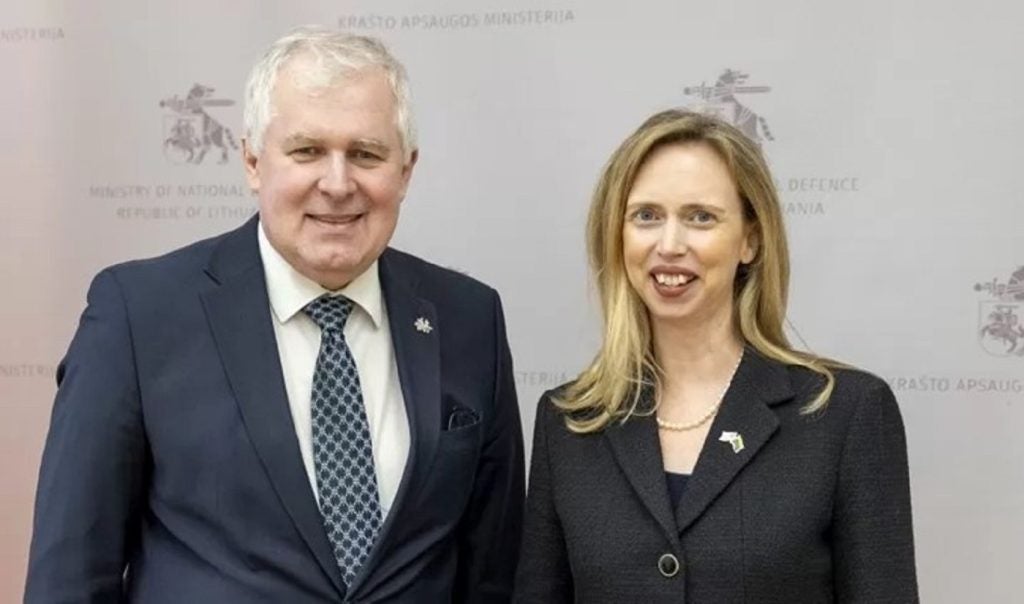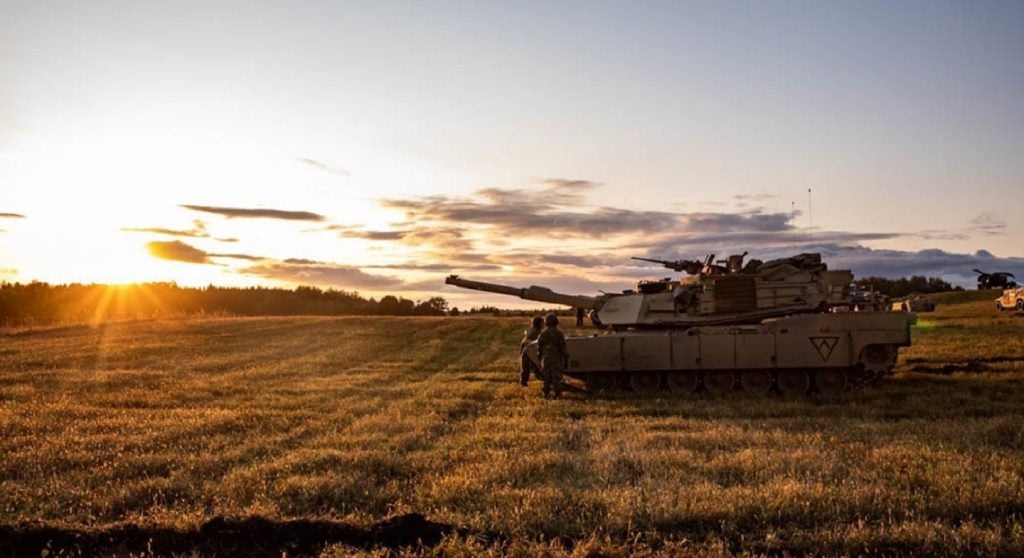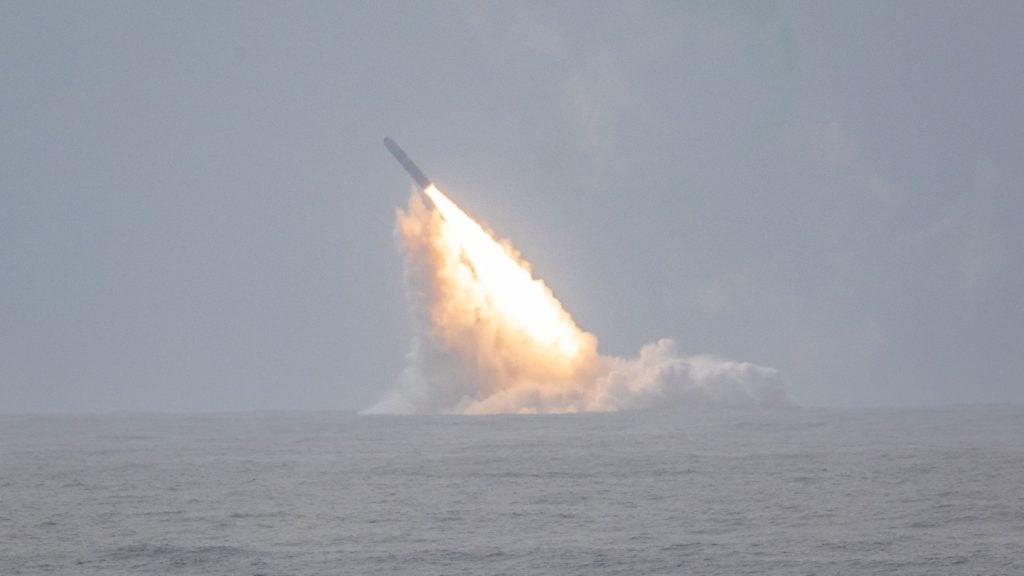In discussion with the newly appointed US Ambassador to Lithuania, Kara McDonald, on 21 February, 2024, the Baltic nation’s Minister of National Defence, Arvydas Anušauskas, pledged to build permanent infrastructure to support rotational units of US troops.
“You have come in times of tension and multiple challenges in our region,” Anušauskas reflected as he welcomed the Ambassador. “We look forward to being able to better meet the military readiness needs of the Lithuanian and allied troops – we will provide better conditions and new infrastructure to the US troops.”
In a statement after their meeting, McDonald said “we… appreciate the host nation support hospitality of Lithuania to the rotational US Army units deployed in the Pabradė Training Area.”
Pabradė is located in south-east Lithuania. In mid-November 2023, the US Task Force Marne Soldiers and their Lithuanian allies honed their combat skills during a force-on-force training exercise at Pabrade Training Area.
US Soldiers conducted infantry and armoured offensive operations against their Lithuanian partners in a series of training exercises across rural and urban environments to test their combat readiness. Lithuanians, in turn, prepared a defence to counter the American attacks.

Nato looks to bolster its presence in the east
Nato has begun to look toward its tumultuous eastern flank, where the Baltic states are eagerly expanding their defence capabilities and accepting greater numbers of allied troops inside its territory, more than ever before, in anticipation of Russian territory-grabbing.
This growing fixation on Eastern Europe was best captured by Germany, the Netherlands and Poland, agreeing to establish a military logistical corridor across their respective territories as a way of seamlessly transporting personnel and materiel eastward, overcoming any potential legal, logistical obstacles come what may.
Lithuania has also reciprocated with its own plans for infrastructure expansion, having already established facilities to accommodate new platforms from the US, such as their new Black Hawks and Europe’s Boxer infantry fighting vehicles – the largest repair site in the Baltic region spanning 4,500 square miles.
Just as the country has begun to accommodate German troops in the past year, it will do so for US units too. Previously, in a bilateral commitment to Lithuania, the German Government said it would permanently station 4,000 troops in the country.
In November 2023, the Lithuanian Government announced the establishment of its new Upper Neris Terrace facility, an administrative, residential, training and logistical supply site providing capacity to host 3,000 troops: 1,000 from the Lithuanian Iron Wolf Brigade – comprising artillery and logistical support battalions – as well as 2,000 personnel from Nato’s Enhanced Forward Presence Battle Group (EFPBG).
Germany, which leads the EFPBG, already has 1,500 soldiers stationed in the country. There are also 50 German soldiers permanently stationed in the Forward Command Element of the German Brigade for Lithuania.
US-Lithuania defence co-operation
“We welcome Lithuania’s investment in [its] Armed Forces modernisation and the significant assistance to Ukraine,” McDonald added.
Lithuania signed contracts on acquisition of the HIMARS artillery systems and the AMRAAM missile acquisitions from the US last year, that comes after the earlier agreements on 500 units of Joint Light Tactical Vehicles JLTVs, four Black Hawk helicopters, and Switchblade drones.
Lithuania has also been purchasing the Javelin anti-tank missile systems and various communications equipment from the US for many years.
Rotational US battalions have been maintaining an uninterrupted presence in Lithuania since 2019. The current units serving in Pabradė are the Hounds Battalion (3rd Battalion, 67th Armor Regiment (3-67) and the Battle Kings Battalion (1st Battalion, 9th Field Artillery (1-9)).











